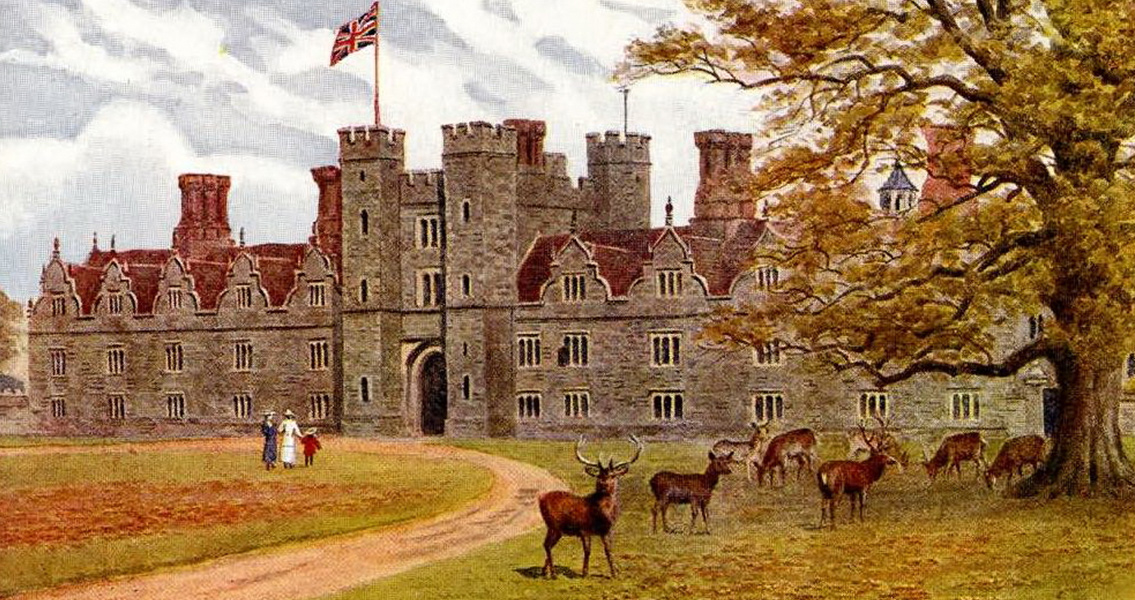<![CDATA[A series of strange marks and symbols have been discovered under the floorboards of one of Britain's stately homes. Intended to protect King James I from evil forces, the 'witchmarks' were found in a bedroom in Knole, a huge mansion in Kent, during renovation work. There is a passionate debate amongst historians about whether witchmarks are simply carpenter's marks used to help guide the placement of timbers. Both the carvings and the renovation works at Knole have been dated precisely. Using tree-ring dating, archaeologists estimated that the marks were made in early 1606 - a period of widespread mass hysteria over witchcraft. The witchmarks were cut into the green, unseasoned timber before the beams were installed. The same beams also have distinct but separate carpenter's marks. Witchmarks, also known as apotropaic marks, were relatively common in seventeenth-century England; they were etched into parish churches and domestic houses in order to ward off evil and magic. Protective symbols have been found throughout Knole, illustrating that fear was a powerful force in the everyday lives of seventeenth-century people. The fist-sized symbols, one of which evokes the Virgin Mary, were found in the Upper King's Room at Knole. They were arranged around the chimney in a 'demon trap.' "In the Seventeenth Century they believed witches and demons could come through open doors, windows or down the fireplace. You can't shut the chimney off, so they created a virtual protective box," Natalie Cohen, an archaeologist at the National Trust, explained to The Independent. Craftsmen working at Knole are believed to have etched the witchmarks ahead of a proposed visit by King James I, just a few months after the foiled Gunpowder Plot. James was known to have been both fascinated and terrified by supernatural forces. He passed a law making witchcraft an offence punishable by death, and official propaganda blamed demonically influenced Catholics for the attempted regicide. In the wake of the Gunpowder Plot, mass hysteria had engulfed England; accusations of supernatural forces and witchcraft were common. "Using archaeology to better understand the latent fears of the common man that were heightened by the Plot is extremely exciting and adds huge significance to our research about Knole, and what was happening at that time," James Wright, an archaeologist at the Museum of London Archaeology, told The Guardian. Thomas Sackville, Lord High Treasurer for King James and owner of Knole, had created the royal suite to attract the King. The work was completed by 1608, but Sackville died soon after and the King never visited. The property has been owned by The National Trust since 1946, and is currently in the second phase of an #18m conservation project; this has allowed archaeologists into spaces which had been hidden for centuries. Many of the newly discovered rooms, including a secret chamber in the chapel, were created during the continued extension of Knole over several centuries. The building is now so huge it boasts a room for every day of the year. The National Trust plans to open some of the rooms to the public for the first time when renovation work is completed in 2015.]]>
Witchmarks to Protect King James I Found in Kent
